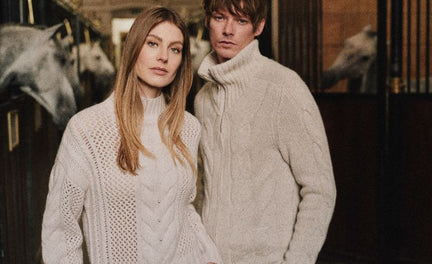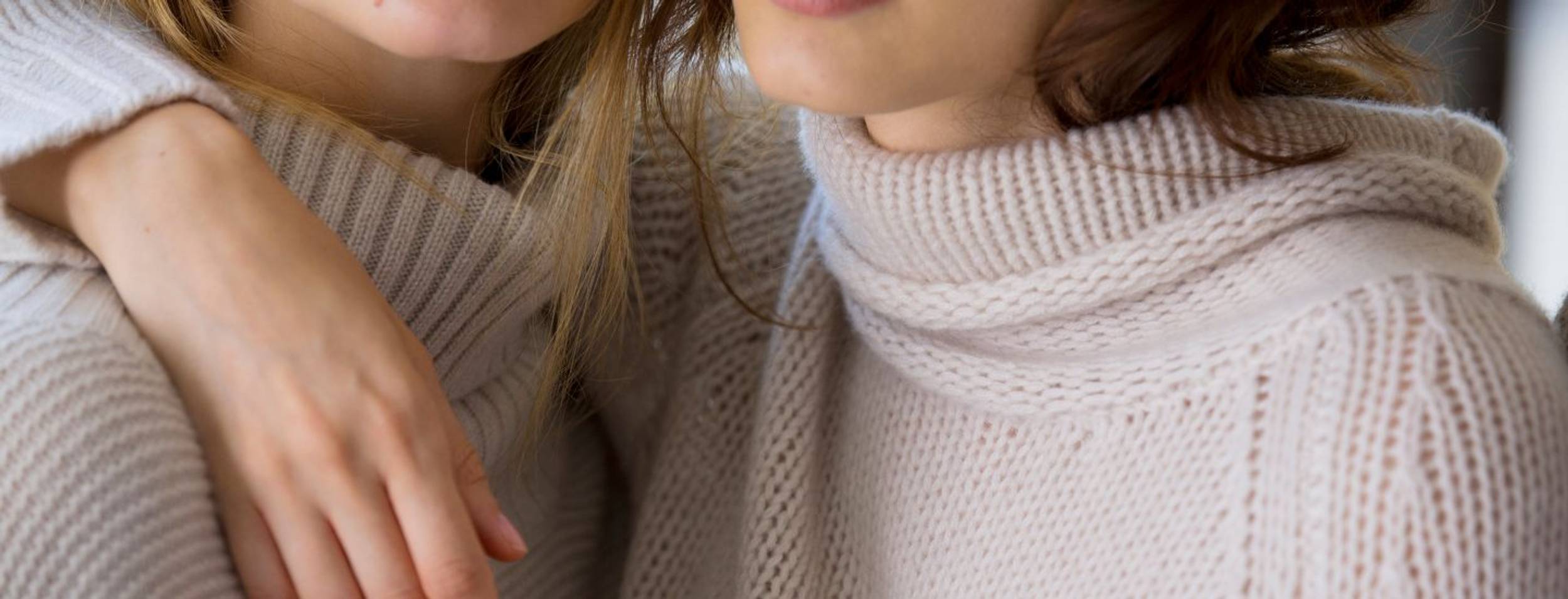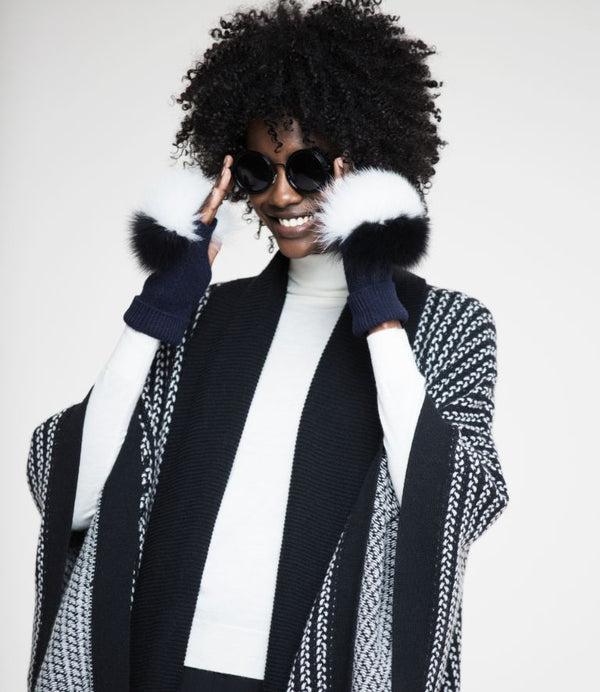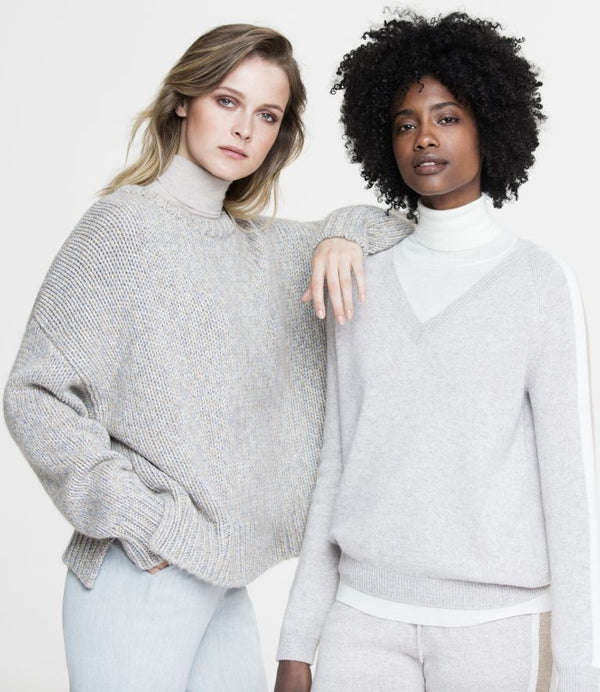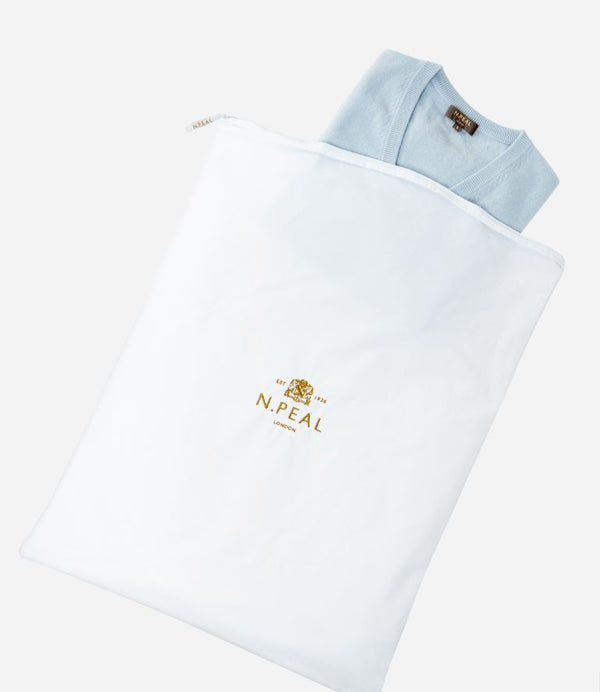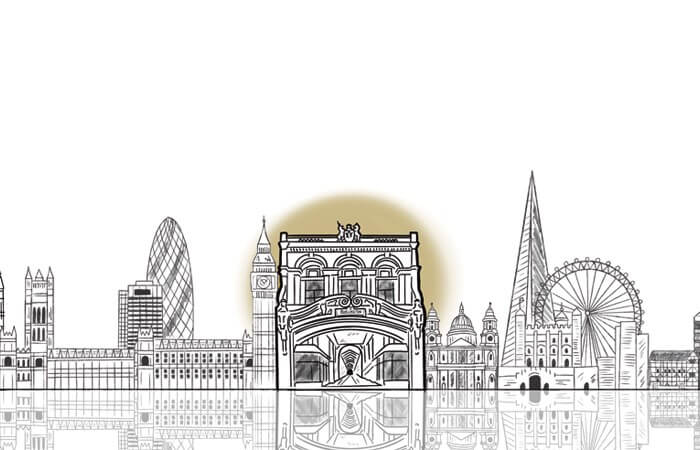Unravelling The History Of Knitwear
A beautiful piece of knitwear is the perfect addition to any wardrobe, but have you ever wondered about where your favourite cashmere designs come from? Whether you prefer fine gauge cashmere knitwear, smart ribbed styles, or cable cashmere jumpers and cardigans to keep warm, knitwear never goes out of fashion.
Let us take you on a journey through the origins of knitwear and explore the different types that feature in our collection.  Knitwear: From Undergarments To A-List Style
Knitwear: From Undergarments To A-List Style
Today we think of knitwear as a sophisticated addition to any winter outfit, with plenty of luxurious styles and textures to choose from.
Before the 14th century, the favoured technique to create socks and stockings was double-needle knitting with sheep's wool. Later, this was also used to create nobilities' undergarments into the 16th century. In Europe, knitting techniques remained simplistic allowing them to become second nature; these techniques included cable, knot stitches, and reverse stocking stitches.
Over the centuries, the international trading of wool further advanced the knitters skills and materials. During the Industrial revolution, knitting machines, Spinning Jenny and power looms made it easier to produce intricate patterns on a much larger scale.
While this would ultimately lead knitwear to become an everyday part of our sartorial style, there were a few unusual stops along the way. For example, knitted wool was originally used for swimsuits during the Edwardian era and later sportswear - a far cry from the breathable fabrics we favour today.
Each culture across the world has developed its own techniques, colours and patterns of Knitwear. It is believed that Native Americans were the first to design and wear ponchos. In Nordic countries, the iconic Fair Isle pattern was developed and is now enjoyed globally.

It was the people of Mongolia, Nepal and Kashmir who started using cashmere thousands of years ago, before it was brought to French and British shores. This luxuriously soft fabric has since become an essential part of our business with authentic sustainable origins in the mountain regions in Mongolia.
By the early 20th century, knitwear had become synonymous luxurious leisurewear. French fashion designer Coco Chanel had introduced casual-wear to the catwalk and the Hollywood stars of the hey-day proved form-fitting knitwear to be a timeless look. The boom in mass production made knitwear products quicker and easier to produce for day-to-day clothing.

Weft And Warp Knits: What's The Difference?
Today good craftsmanship is what defines a long-lasting piece of knitwear which can be created via a number of techniques. The finished look can vary depending on everything from the type of yarn used, the technique and also the size of the knitting needles.
Two main techniques are Weft and Warp. One of the oldest techniques is the classic weft knit. Dating back to the 11th Century when all knitting was carried out by hand, weft knitting involved weaving stitches from left to right, running across the fabric in a horizontal direction. Examples of weft knitting include cable, rib, purl, and plain knits.
A more complicated technique, traditionally the warp technique uses vertical stitches in a downward direction and is used for finer knitwear patterns such as raschel, Milanese and tricot designs.
Because of its elasticity and ability to keep you warm in all weathers, weft knitting is the most popular stitch for knitwear accessories and larger items like jumpers and cardigans. Warp knitting is usually reserved for delicate trims and linings on a variety of clothing including skirts and outerwear.

Types Of Knit Cable Knits
Famously considered a fisherman's favourite for Aran jumpers, cable knits originate on the Western Coast of Ireland. Cable knit jumpers rose to popularity at the start of the 20th Century due to their practicality and ability to provide protection and warmth from the cold weather of the Aran Islands. The distinctive, thick, intertwining patterns are inspired by the traditional Irish and Celtic knot designs.
The humble cable knit is now as likely to be spotted on cosmopolitan city streets as it would be on a fishing boat. These chunky knits are also one of the key trends for A/W18 and are featured within our collection. Our cable knit roll neck sweaters are a timeless garment. Chunky knits are not just for men either. Our women's Oversize Cashmere Jumper in Black is designed with an elegant plaited pattern an eye-catching touch of detail.  Rib Knits
Rib Knits
Rib knitting showcases contrasting raised and sunken stitches across the fabric to give it a 'ribbed' appearance. The structure provides stretch and elasticity to the garment, as well as a chunkier texture. This makes it perfect for thicker jumpers and knitted accessories like our Chunky Rib Contrast Cashmere Hat in Atlantis Blue and Fumo Grey and Men's Ribbed Cashmere Gloves in Mallard Green.
Our Diagonal Rib Jumper in Carbon Grey is a perfect example of high-quality rib knitwear. The modern chevron pattern is created using a diagonal rib stitch.  What makes N.Peal knitwear different?
What makes N.Peal knitwear different?
At N.Peal, we're cashmere experts and pride ourselves on designing high-quality knitwear that supports local herders in Central Mongolia, where we source all of our cashmere from. We know how important it is to create garments with longevity, which is why we opt for cashmere over regular wool, allowing you to wear your favourite pieces season after season.
We also pride ourselves on sophisticated and timeless knitwear patterns for our cashmere garments and use a combination of traditional techniques and electronic knitting machines to create beautiful knitwear that will last.  A Brief History Of Knitwear -
A Brief History Of Knitwear -
- 500 - 1200 A.D: Early examples of knitting found in Ancient Egypt.
- 15th Century: Knitted socks and stockings are worn by aristocracy.
- 18th Century: Cashmere trade becomes a thriving industry across the globe.
- 1816: England is the first country to build a circular knitting loom to produce larger quantities.
- 1920s: Synthetic materials introduce knitwear to more consumers - 1936-1945: Nat Peal opens his first N.Peal store in London and later introduces cashmere to his collections following WWII.
- 1936-1945: Nat Peal opens his first N.Peal store in London and later introduces cashmere to his collections following WWII.
- 1950: Coco Chanel invents the knitted suit.
- 1970s - 1980s: The trend for wearing sportswear as outerwear results in a spike in knitwear sales. Designs are available on the mass market thanks to large factory productions.
- Present day: A revival in hand knitting encourages more people to make our own knitwear. In contrast, mass-produced items in factories result in lower costs for knitwear, causing consumers to look for unique knitted items and opt for higher quality products from experts and designers.
Discover your own piece of knitwear history by browsing our range of knitwear styles in our menswear and womenswear collections at N.Peal today.
